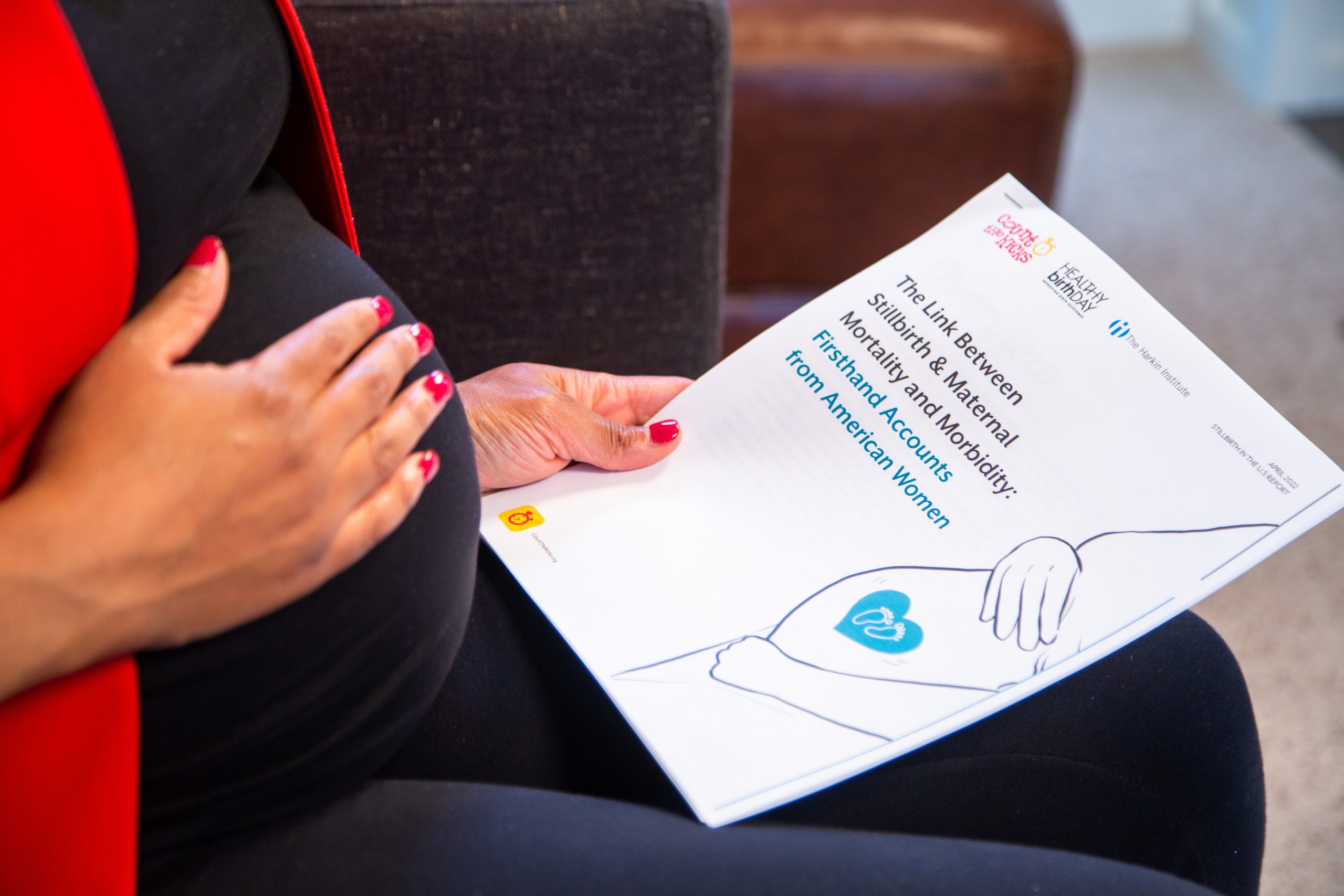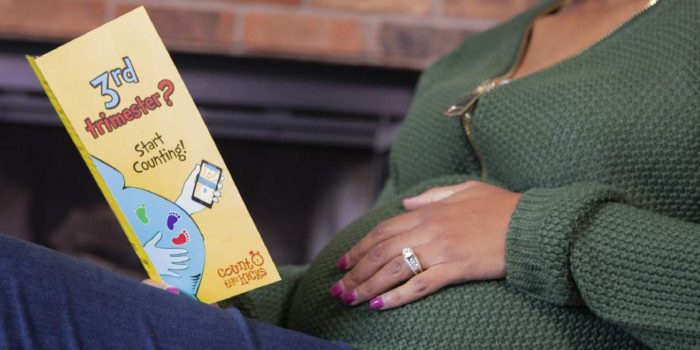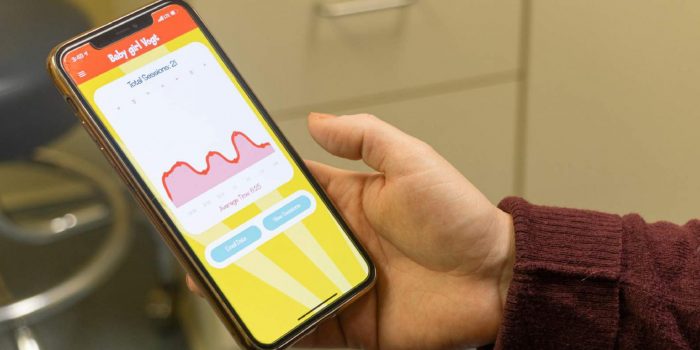Count the Kicks Research
Research published in BJOG: An International Journal of Obstetrics and Gynaecology proves the effectiveness of Count the Kicks as a method for stillbirth prevention. “Information about fetal movements and stillbirth trends: analysis of time series data,” was led by Dr. Alexander Heazell, a prominent stillbirth researcher at the University of Manchester in England.
In this video, Dr. Heazell discusses the research in his own words.
Help us raise awareness about the effectiveness of Count the Kicks by sharing this research with your networks.





